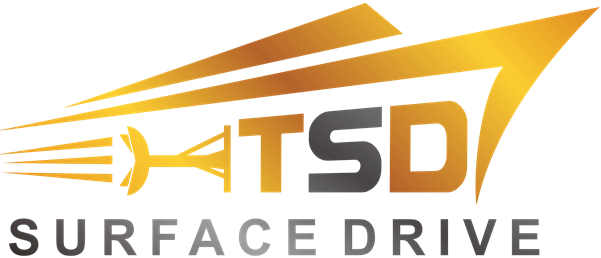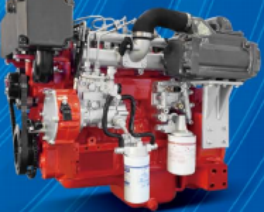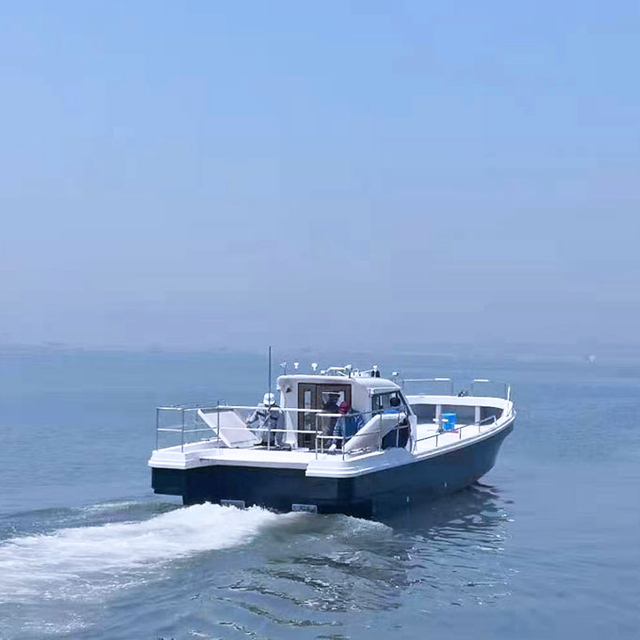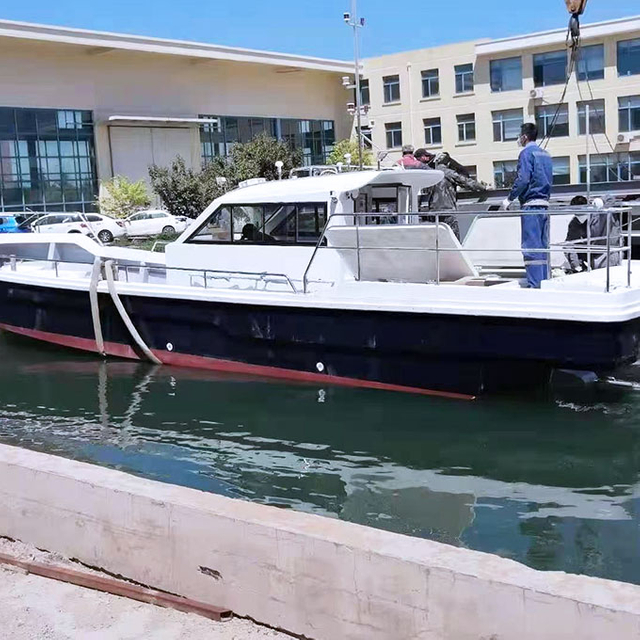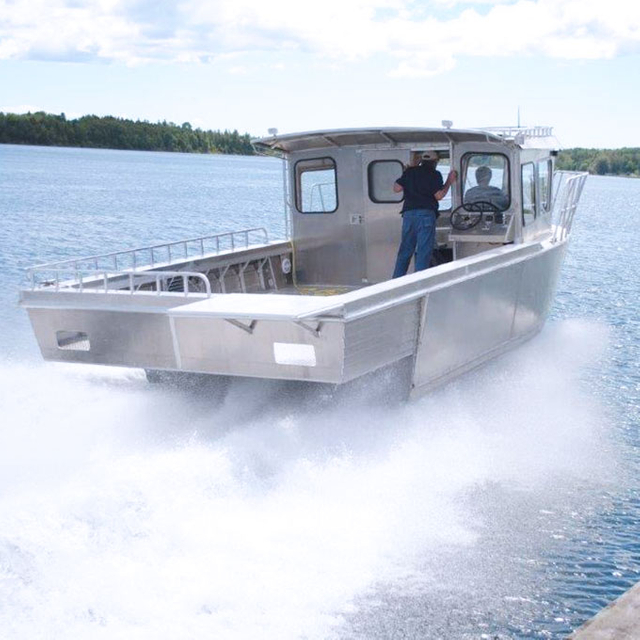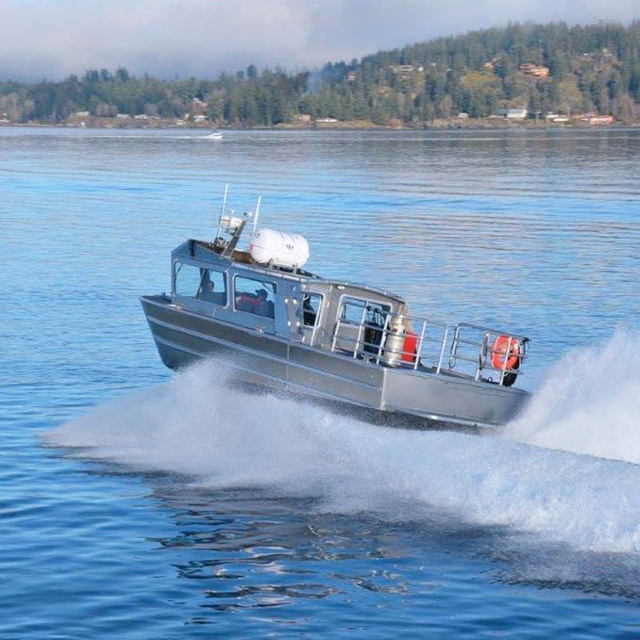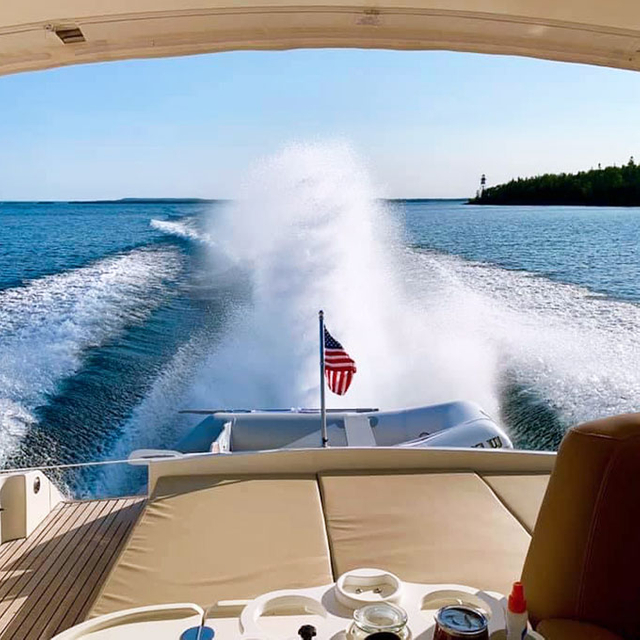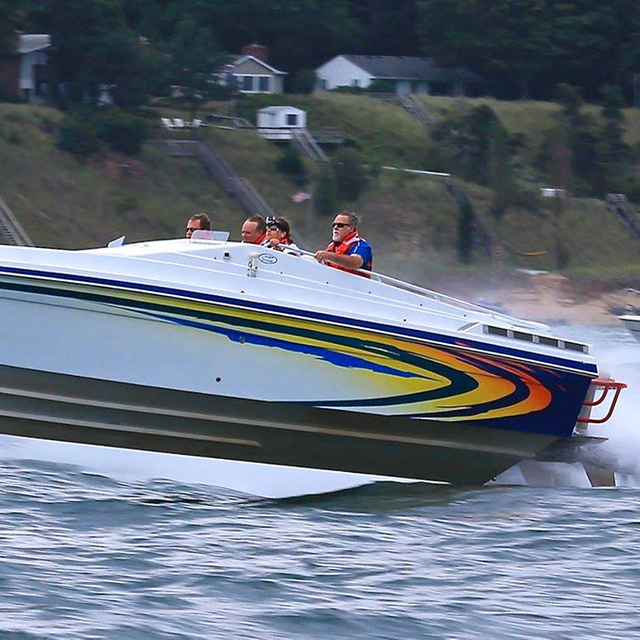Fuel System
> Electronically controlled high-voltage common rail system, strong power, fast response, safe and reliable.
Oil system
> Auxiliary parts such as belt filter, filter and oil cooler are used to ensure the reliable operation of the system.
Cooling water system
> The seawater and fresh water heater adopts cast Weilu cover and cast copper end cover, which has strong anti-corrosion ability.
Intake and exhaust system
> Adopt turbo booster technology to ensure sufficient intake air; adopt water-to-air intercooler technology to increase intake air density to ensure sufficient combustion and environmental protection.
Electrical System
>Electric starting motor, ECU, vehicle wiring harness, remote instrumentation, and related sensors such as speed, oil pressure, water temperature, and boost pressure are used.
Gas red body, cylinder head
>Alloy cast iron with high degree of strengthening.
Crankshaft, Piston, Connecting Rod
> Integral crankshaft, sliding bearing, small size, light weight, compact structure, high reliability, overhaul period of more than 10,000 hours.
> Aluminum alloy piston; adopts internal cooling oil channel structure, cooling spray hook for oil spray cooling, effectively reduces temperature and improves reliability; connecting rod is made of alloy steel material, high explosion pressure design, high safety factor, to ensure the reliability of key moving parts .
